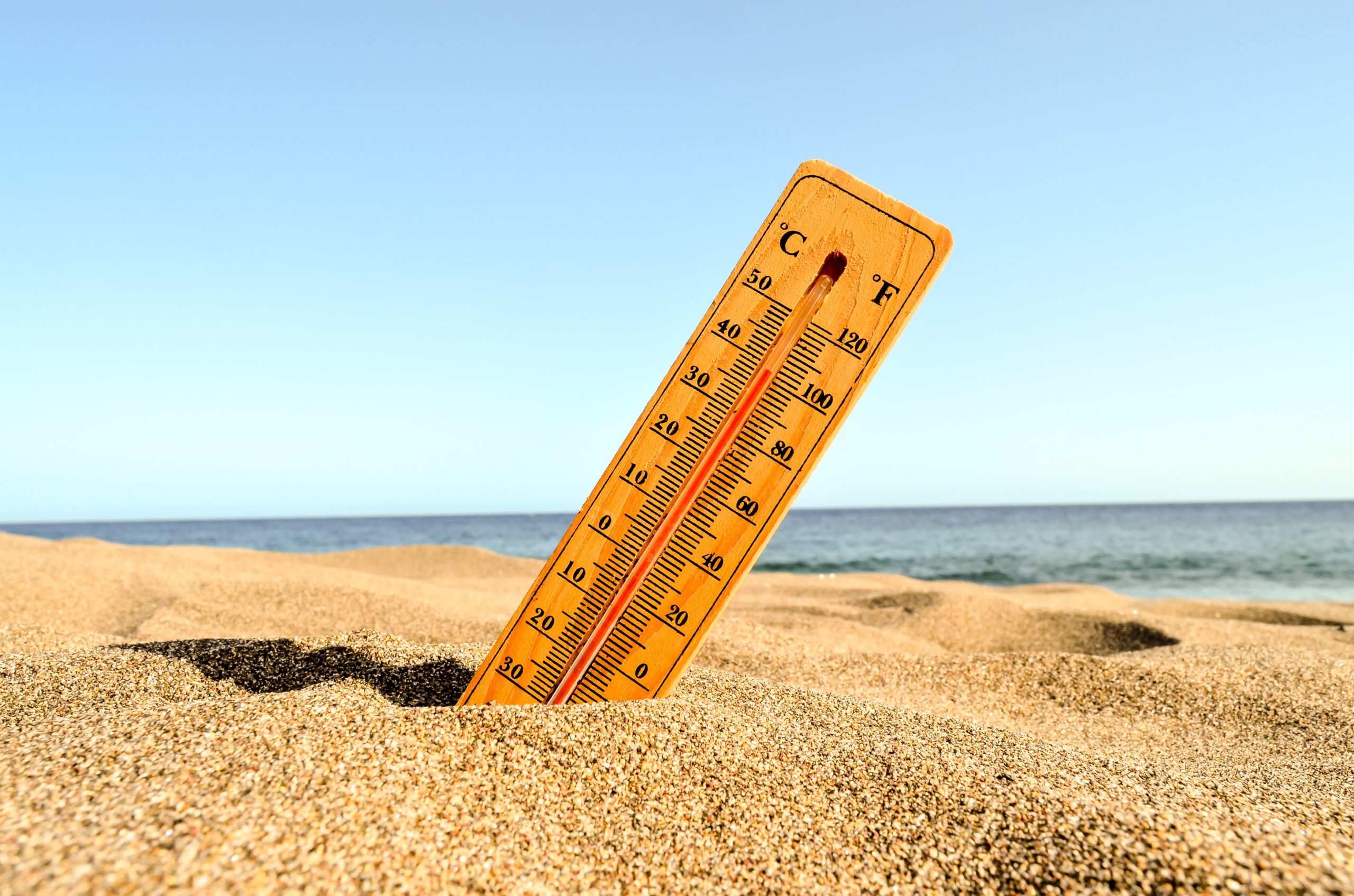

Prolonged heat waves and hot summer days caused by climate change can be hazardous to human health, causing diseases such as heat stroke and even permanent organ damage or death if not treated promptly. The kidneys, according to faculty at the University of Colorado School of Medicine and the Colorado School of Public Health, are particularly vulnerable to global warming. “Climate change should be of special concern for the nephrologist, as the kidney has a critical role in protecting the host from dehydration, but it is also a favorite target of heat stress and dehydration,” CU researchers stated in the January issue of Nephrology Dialysis Transplantation.
“We used to focus on concerns about infectious diseases as a result of climate change, but we’re now moving into a world in which we’re seeing a shift in the amount and severity of chronic illnesses that also include non-communicable diseases, including kidney disease,” says Lee Newman, MD, distinguished professor of medicine and environmental and occupational health, and director of the Center for Health, Work & Environment on the CU Anschutz Medical Campus.
While excessive heat can result in heat stroke, severe electrolyte disturbances, and acute and chronic kidney disease (CKD), lower degrees of heat stress can also have an impact on the body.
Heat and kidney health
Sarah Young, MD, associate professor of clinical practice in the Department of Medicine, Division of Renal Diseases and Hypertension, explains that the kidneys are metabolically quite active.
“They actually require a quarter of your blood flow, and they’re also an organ that will sacrifice their own well-being in order to preserve blood flow to other places in the body, like the brain,” she says. “So if you get severely dehydrated, your kidneys are going to shut down and stop working in order to supply blood to the rest of the body.”
Damaged kidneys might also have other negative health repercussions throughout the body. CKD, a disorder in which the kidneys are damaged and unable to filter blood correctly, can lead to heart disease, stroke, and an increased susceptibility to climate-change-related ailments.
“The kidneys are a smart organ, and they will compensate when able. However, extreme weather events test the kidneys compensation mechanisms,” Young says. “This is especially true in vulnerable populations, such as the elderly, whose ability to adapt may be compromised.”
Climate adaptation in a warming planet
As the climate continues to warm — according to climate scientists, July was the warmest month on record — Newman and Young predict that more individuals will be exposed to kidney impairment and the health problems that come with it.
Newman has concentrated his efforts on workers who are subjected to high temperatures. In 2016, he began working for Grupo Pantaleon, a global agriculture corporation based in Guatemala with a high rate of kidney illness among its employees.
“In an ideal world, we wouldn’t have anybody developing chronic kidney disease as a result of exposure to heat. Heat and dehydration paired with exposures to kidney toxins is, quite frankly, causing an epidemic,” Newman says. “But, we’re also making inroads. We now have several NIH-funded grants to continue our work in Latin America, and we’re starting to see results.”
According to Newman, the company’s kidney illness rate is now less than 2% at the conclusion of the season. It used to be higher than 6%. Newman and his colleagues have assisted the corporation and its employees in adapting to a hotter environment by modifying rules and regularly monitoring workers’ health and safety.
Young believes that vulnerability will become increasingly dependent on the ability to adapt in all parts of the world, and that characteristics such as socioeconomic level, age, and health can all play a role.
“There’s a whole population that doesn’t have air conditioning and can’t get to a cooling center or who live in urban area where it’s going to be a lot hotter with no green spaces,” she says. “They are going to be more vulnerable than others.”
more recommended stories
 T-bet and the Genetic Control of Memory B Cell Differentiation
T-bet and the Genetic Control of Memory B Cell DifferentiationIn a major advancement in immunology,.
 Ultra-Processed Foods May Harm Brain Health in Children
Ultra-Processed Foods May Harm Brain Health in ChildrenUltra-Processed Foods Linked to Cognitive and.
 Parkinson’s Disease Care Advances with Weekly Injectable
Parkinson’s Disease Care Advances with Weekly InjectableA new weekly injectable formulation of.
 Brain’s Biological Age Emerges as Key Health Risk Indicator
Brain’s Biological Age Emerges as Key Health Risk IndicatorClinical Significance of Brain Age in.
 Children’s Health in the United States is Declining!
Children’s Health in the United States is Declining!Summary: A comprehensive analysis of U.S..
 Autoimmune Disorders: ADA2 as a Therapeutic Target
Autoimmune Disorders: ADA2 as a Therapeutic TargetAdenosine deaminase 2 (ADA2) has emerged.
 Is Prediabetes Reversible through Exercise?
Is Prediabetes Reversible through Exercise?150 Minutes of Weekly Exercise May.
 New Blood Cancer Model Unveils Drug Resistance
New Blood Cancer Model Unveils Drug ResistanceNew Lab Model Reveals Gene Mutation.
 Healthy Habits Slash Diverticulitis Risk in Half: Clinical Insights
Healthy Habits Slash Diverticulitis Risk in Half: Clinical InsightsHealthy Habits Slash Diverticulitis Risk in.
 Caffeine and SIDS: A New Prevention Theory
Caffeine and SIDS: A New Prevention TheoryFor the first time in decades,.

Leave a Comment